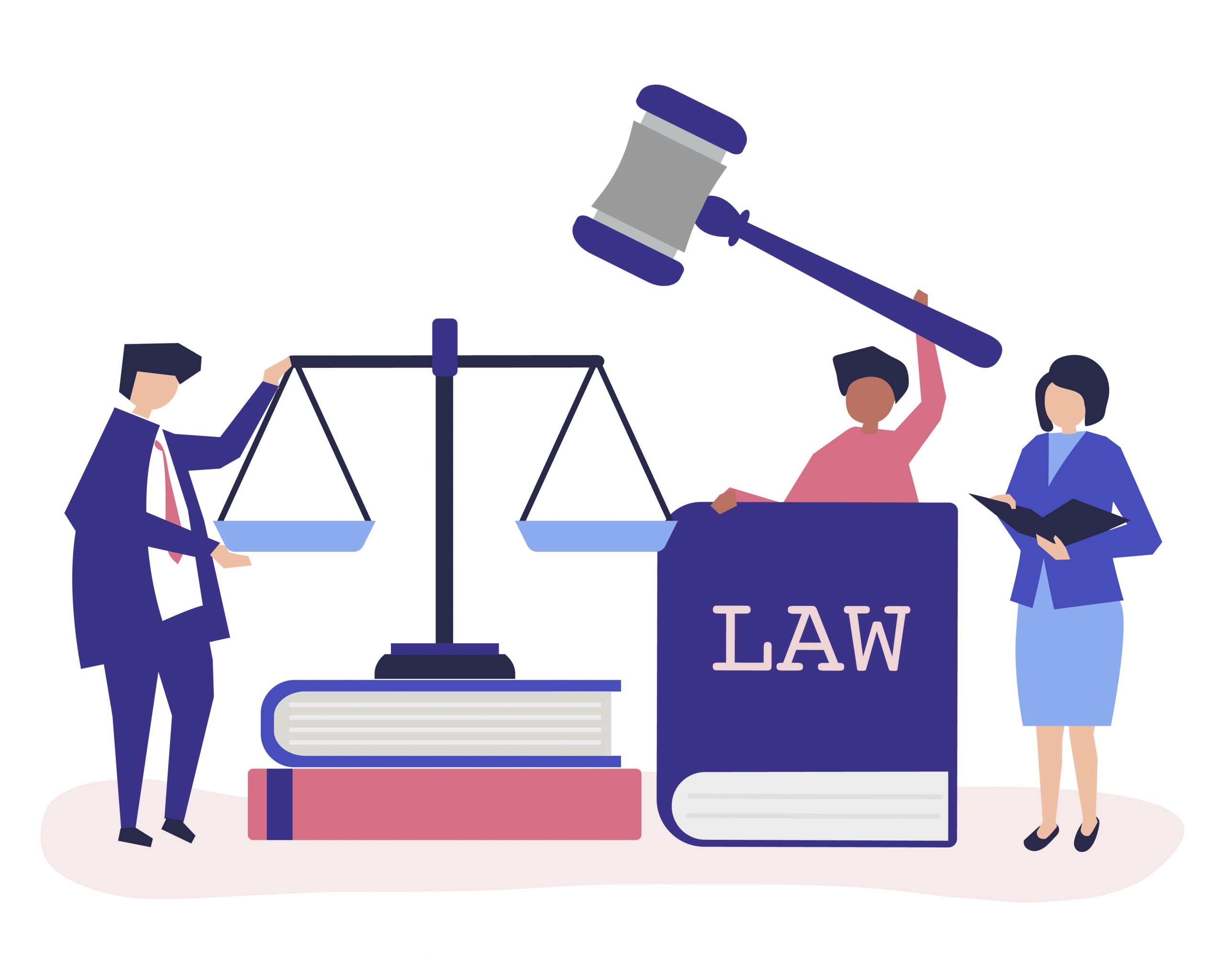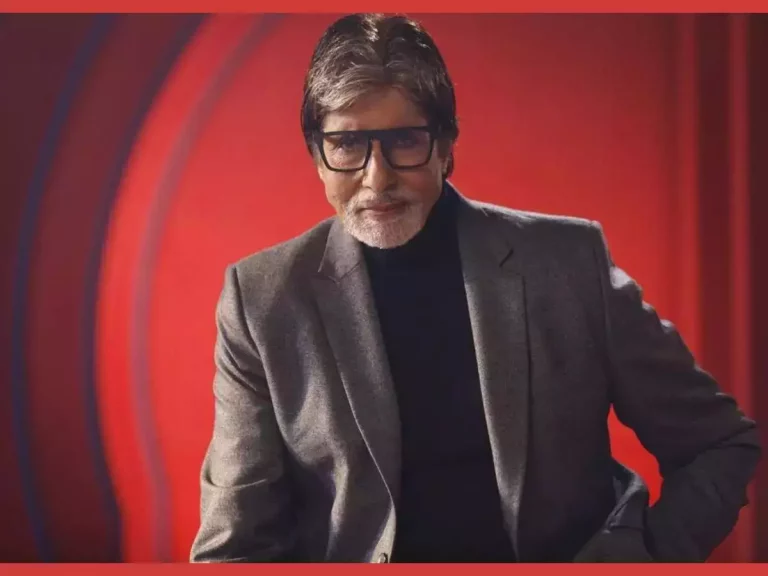Will Litigation Come To A Halt?
The challenges that the world is facing due to the outbreak of COVID-19 are not only unprecedented but also extremely damaging on multiple fronts. Not only it impacts the economy of the country but also the social and psychological behaviours. In the legal field also, the virus will bring a paradigm shift.
Current Scenario
In the current pandemic situation, it can be very well said that necessity has led towards progress towards technology. It cannot be denied that the courts are an essential part of society. Supreme Court on 23rd March, 2020 issued a notice stating that if an application is seeking a hearing, it should be sent to an e-mail id. Once the application will be allowed, the court may begin to constitute a bench and hear the matter online. Amidst the lockdown, Supreme Courts and High Courts have gone into urgent-only online-mode. Various tribunals and courts have closed down their physical filing centers and resorted to their e-filing methods. The Supreme Court is promoting hearing of matters through video-conferencing and e-filing method.
In order to reduce the effect of the random halt in the court proceedings, the Hon’ble Supreme Court[1] has used its plenary power under Article 141 and 142 to grant the extension of the limitation period for filing of petitions, appeals, suits prescribed under general and special laws. The Hon’ble Court vide Order dated 23.03.2020 has directed as under: –
“it is hereby ordered that a period of limitation in all such proceedings, irrespective of the limitation prescribed under the general law or Special Laws whether condonable or not shall stand extended w.e.f. 15th March 2020 till further order/s to be passed by this Court in present proceedings”.
Further, the Delhi High Court[2] said that the interim orders so passed by the court or the courts subordinate to it, which had the expiry till 16.03.2020 or beyond that shall stand extended till 15.05.2020.
The Central Government[3] using its power of Section 4, Insolvency Bankruptcy Code has increased the threshold limit from Rs. one lakh to Rs. one crore for triggering insolvency proceedings.
Looking at the current scenario, accepting COVID to be the new normal, people will have to get back to their lives and find ways to continue doing their work. In the legal fraternity, use of technology to ensure social distancing is maintained while continuing the work as usual is one such part. However, this will require an unprecedented change in the working of not just courts but also of advocates.
When the advocates were asked, if the adoption of technology has become a necessity, Mr. Sudhir Ravindran from Altacit Global said,
“The adoption of technology by courts and consequential advocates is an inevitable proposition in the prevailing times of Covid-19. E-filing would be the norm going forward. However, doing away with the physical appearance all together is not something which should happen, since advocacy and persuasion is more effective in physical appearance.”
E-filing will not just help in convenience in the filing of matters but will also save a lot of paper. The majority of the law firms struggle in managing the number of papers they have and moving it from office to courts for every hearing is a cumbersome task which through e-filing can be done with. Moreover, during video-conferencing sharing of documents can be extremely easy as the advocate just needs to share it there with a concerned person.
Advocacy is believed to be the art of persuasion and convincing and is performed best when advocates are able to gauge the body language of the people present in the courtroom. However, with the changing times art of advocacy might change to putting forward short and crisp arguments as there may be fixed time slots provided to the advocates while arguing their matter to ensure timely disposal of cases.
The COVID has not only impacted the hearing method but has also forced the Supreme Court to relax the dress code for advocates. They are no longer required to wear heavy dresses which cannot be washed frequently. Thus, they “may wear the dress as prescribed under the Bar Council of India Rules with plain white band, ensuring proper decorum before the Virtual Courts”[4]
In The Days To Come…
The urgent-only method will soon have to come to an end. The pending stack of cases is waiting for the courts to resume. The courts will now be operational in a manner as we haven’t thought of. The new normal can be e-filing and video-conferencing.
Will the physical appearance be once in a blue moon or will remain the usual norm? On the general review taken from law firms, the advocates say that video-conferencing is the new normal. However, one cannot completely do away with the court appearances as it brings in the trust factor.
The whole economy has faced the shock, therefore it would be difficult for parties to pay high fees of senior lawyers, but at the same time the cost to bring the senior lawyer will reduce as they would not have to travel from one state to another, and the advocate can be chosen from any state, says Mr. Nishad Nadkarni, Partner, Khaitan & Co., Mumbai office: “Whilst e-filing is definitely going to be a welcome move, the choice between a physical appearance and a video conference appearance may not be an easy one as each has its benefits. For instance, most often senior counsels are retained for matters. Whilst in a physical hearing you have the ability to confer with and instruct the counsel on the spot, in an online hearing the same may not be possible. However, in video conferencing hearings you have the ability of engaging an outstation senior counsel without being worried of coordinating dates since the counsel can appear in two jurisdictions on the same day, thus reducing the costs for the client and at the same time being able to retain the best counsel that the matter demands. Online hearings will also probably save time spent waiting in courts and will make that time available for lawyers to complete their other desk jobs whilst awaiting their turn. On another note, we must however mention that we have been used to physical appearances and there may have been a larger personal touch, direct connect and effectiveness to arguments made in person — though you never know it may be the same for online hearings as we get more used to the process. One disadvantage of online hearings is that the hearings are not presently available to the public at large and you are not in a position to witness arguments in court for matters involving interesting questions of law, as you could earlier. A lot of learning does happen in court whilst even listening to other matters being argued — be it the law or ‘court craft’, whilst waiting for your turn in court — this may be absent in an online system.”
On May 4, 2020 the Bombay High Court issued a notice[5] stating that similar arrangement i.e. virtual hearings will be continued. To which senior lawyers are planning to oppose and request the court to resume to “hybrid” model (physical and virtual hearings) so that justice is not delayed, as the present system has “imperilled” democratic functioning.
However, Video-conferencing can also be a blessing for law students and newly enrolled advocates who can listen to the senior advocates argue and judges deliver their judgments in their leisure time only if the ‘open court’ philosophy is adopted.
India has been preparing for the adoption of online methods from past so many years. The Objectives Accomplishment Report (2019) of Phase II of the e-Courts Project states that as many as 3,388 court complexes and 16,755 courtrooms across India have already been computerised. Video-conferencing equipment has been provided to 3,240 court complexes and 1,272 jails[6]. This is the reason that Indian courts adopted the latest technology like Zoom, WhatsApp, Vidyo without much delay. However, the technology adoption remains in question when it comes to courts of smaller districts or villages, where internet connection or the availability of machines which can be used as a medium of online hearing lacks. The use of technology may immediately not be workable. Reason for the same being, lack of rules dealing with issues arising during the online matters; and, the lack of infrastructure and budget for the technological development.
Once the lockdown ends, in order to protect the spread of virus, it would be very important for the courts that they without being held back by the limitations continue to implement the technological advancements and start the normal functioning of the courts.
However, the challenge remains that the oral pleadings are the most impactful part of litigation which will now have to be switched with precise pleadings and written submissions. The litigants though will be benefited by cutting the travelling cost and running from one court to the other. The filing procedure will also not be tiring, as there would be no queues.
Conclusion
The COVID breakdown is affecting cases and justice in multiple ways, it has not only crippled the parties but also the judges and the litigants. The relief has been sought by the courts and the central government for the unprecedented challenges faced by the parties in many ways. Supreme Court suggested the bars councils to promote e-filings and hearings through video-conferencing. Various high courts and lower courts have started to accommodate this change.
The UK has passed the Coronavirus Act, 2020 and amended various provisions to make the operation of courts through video or audio conferencing a regular method for court proceedings. The courts of Singapore, USA, Canada, Australia are bracing themselves to conduct matters in a similar manner. India is no far from adopting the same methodology for regular courtroom proceedings.
Looking at the review of the current scenario by the advocates, Mr. Nishad mentions that he hasn’t personally attended any of the video conference, however, his colleagues have stated that their experience was good, pointing out, “The Judges have been quite accommodating and patient in hearing matters. The system of filing and accessing documents has been handled efficiently — each court has come out with specific guidelines on the manner and mode of filing and consequent listing for a hearing. There may have been some initial glitches in the software used for video conference hearings and also with parties and counsel for maintaining steady connections, but these issues have not been a major concern considering a good number of matters have been heard and decided.”
It is also important to ensure that all these video-conferencing is made available to public through their websites or on YouTube to ensure that the ‘Open Court’ philosophy is adhered to and remains available for public at large to view.
As pointed out by various minsters of our country we must know that there is a long way to go, and therefore learn to live with the virus. Today, we are advanced enough to inculcate the new methods into our life, but maybe we were not prepared for the sudden change. The aftermath of the pandemic, there will be a rise in cases dealing with force majeure claims etc., but even then, the shift to technology should not be forgotten. The shift will save travelling time and also the pollution problems. The change in inertia has started to happen therefore accepting and embracing technological advancements is the need of the hour.
Footnotes
[1] Suo Moto Writ Petition (Civil) №3/2020
[2] W.P. Urgent 2/2020
[3] Ministry of Corporate Affairs, Date- 24.03.2020, Circular №1076
[4] https://drive.google.com/viewerng/viewer?url=https://www.livelaw.in/pdf_upload/pdf_upload-374928.pdf
[5]https://indianexpress.com/article/cities/mumbai/senior-lawyers-to-urge-bombay-hc-chief-justice-to-resume-physical-hearings-6415032/
[6] https://www.bloombergquint.com/opinion/gavel-to-click-covid-19-poised-to-be-inflection-point-for-online-courts-in-india
Author credit: Kritika Gandhi





